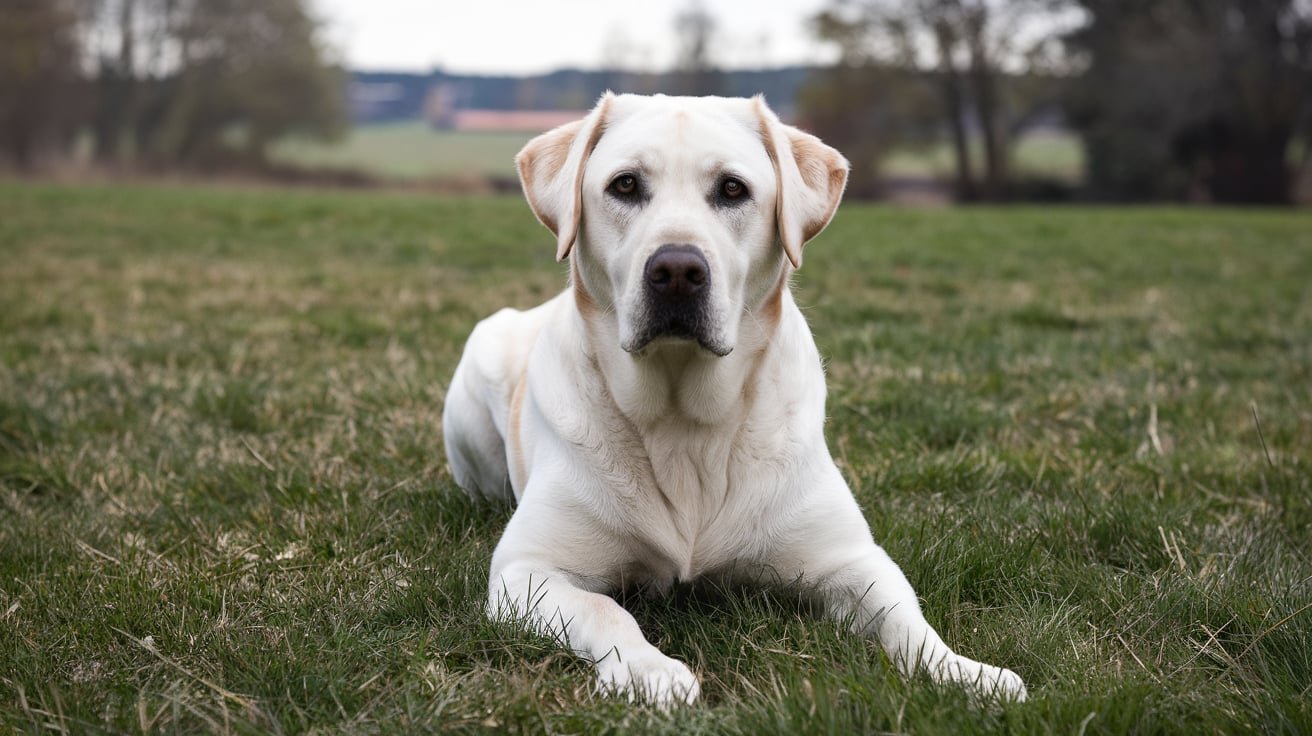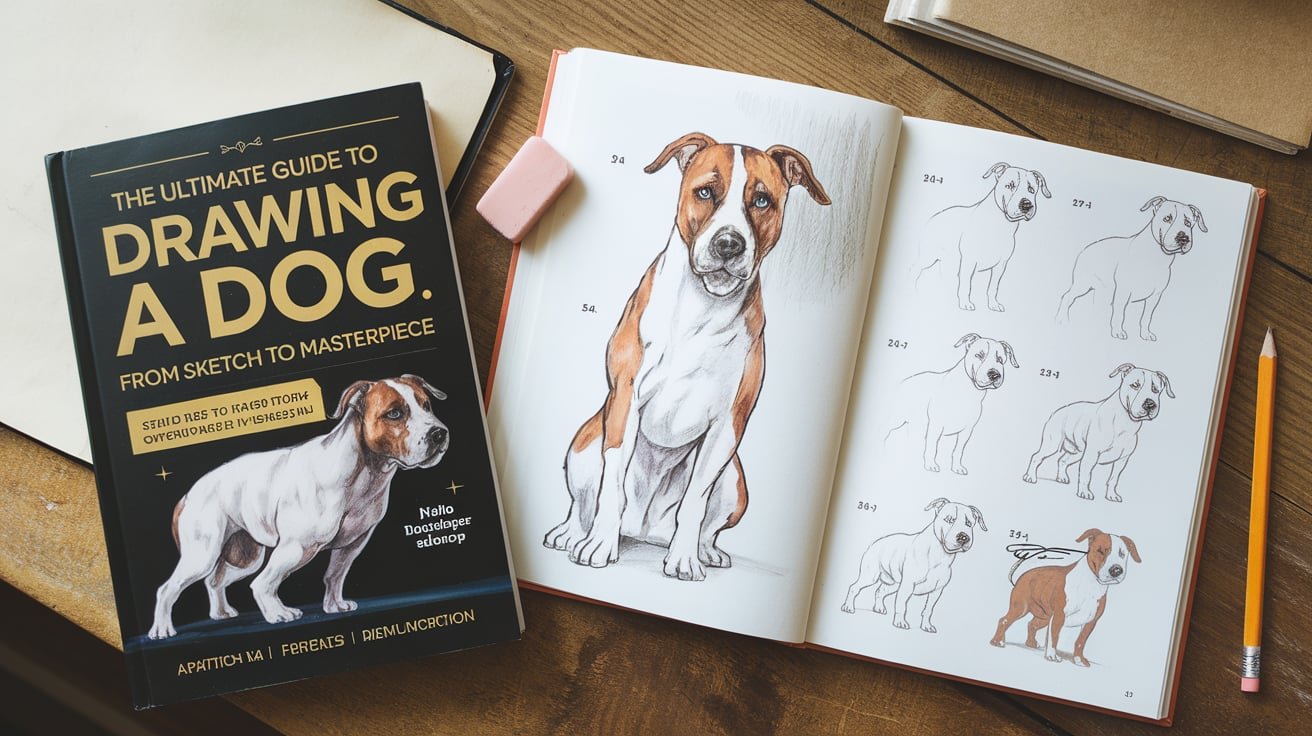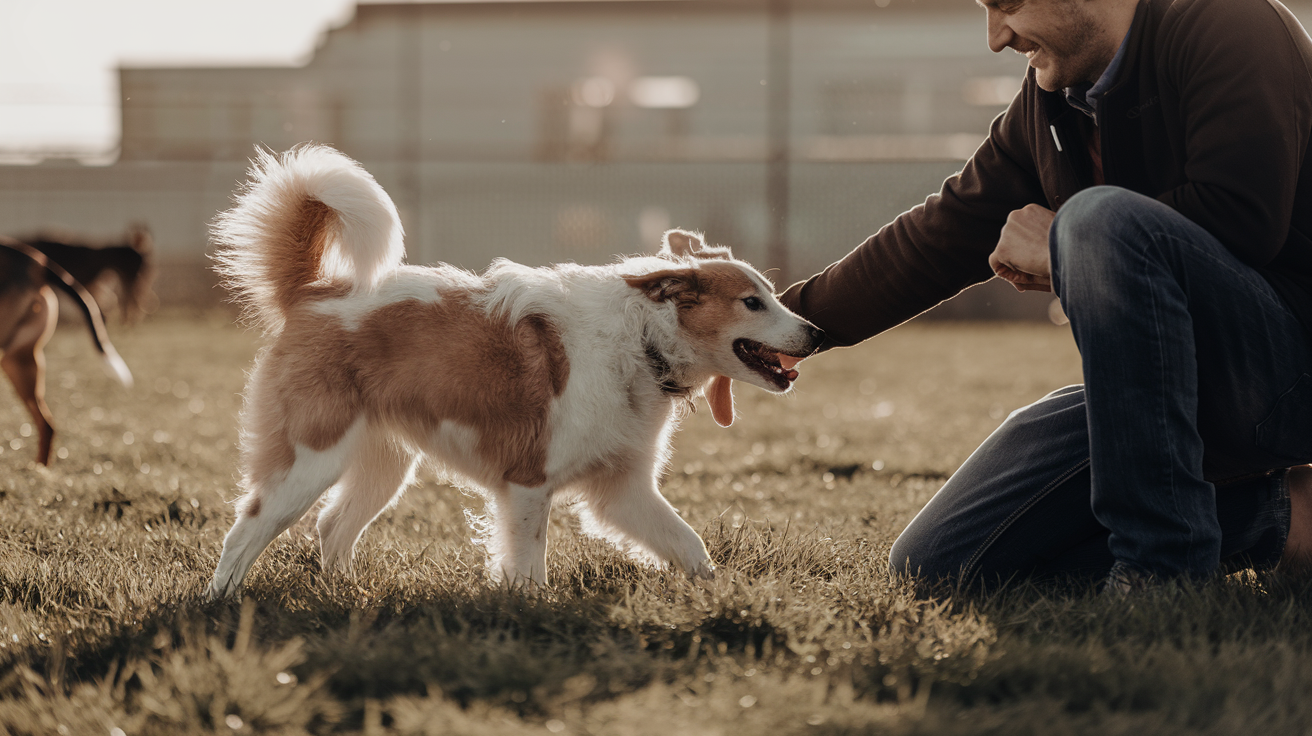For dog lovers who enjoy a bit of the extraordinary, rare dog breeds offer a unique twist. Unlike popular breeds, these dogs stand out due to their distinctive characteristics, fascinating histories, and limited availability. If you’re looking to add a special canine companion to your life or simply want to learn more about some unusual breeds, this guide will introduce you to a few remarkable options.
Whether you’re a seasoned dog owner or a first-time pet parent, choosing a rare breed can add a bit of mystery and excitement to your home.
1. Why Consider a Rare Dog Breed?
While common breeds like Labradors and Golden Retrievers are beloved for a reason, there’s something special about owning a rare dog breed. Many people are drawn to these dogs because of their distinctive looks, unique temperaments, and fascinating histories. Additionally, rare breeds often appeal to those who want a pet that stands out from the crowd.For More Information You can Also Visit Dogs Family
Imagine walking your unusual-looking dog through the neighborhood and receiving endless questions about their breed and background! These rare companions make for fantastic conversation starters.
2. Factors to Consider When Choosing a Rare Breed
Choosing a rare breed can be rewarding, but it’s essential to do your research. Here are a few factors to consider:
- Temperament – Many rare breeds have unique personalities. Make sure they align with your lifestyle.
- Grooming Needs – Some breeds require extra grooming to maintain their coats.
- Exercise Requirements – Rare breeds can vary widely in energy levels.
- Availability – Some rare breeds are harder to find in the UK and may require connecting with a specialized breeder.
A Quick Tip: Reach out to breed clubs or look for breed-specific rescues in the UK. They can often provide invaluable advice and help connect you with reputable breeders.
3. Top Rare Dog Breeds for the UK
a. Norwegian Lundehund
The Norwegian Lundehund is truly one-of-a-kind! Specifically, it is known for its extra toes and remarkable flexibility; consequently, this breed was originally used in Norway to hunt puffins on steep cliffs. Furthermore, it’s a small, agile dog with a unique appearance and, in addition, a playful personality.
- Size: Small
- Temperament: Alert, cheerful, curious
- Exercise Needs: Moderate
- Grooming: Low
Anecdote: Sophie, a history teacher in Edinburgh, was thrilled to find her Norwegian Lundehund, Loki. “He’s so quirky! Every time we go to the park, people stop to ask about his extra toes. He’s a bit of a celebrity!”
b. Otterhound
The Otterhound is a rare breed known for its love of water and webbed feet, originally bred in the UK to hunt otters. This dog has a shaggy coat, a friendly temperament, and a big, expressive face. Otterhounds are highly intelligent and social but need ample space and exercise.
- Size: Large
- Temperament: Friendly, independent, energetic
- Exercise Needs: High
- Grooming: Moderate
Anecdote: Harry, an avid fisherman from Wales, loves spending weekends by the water with his Otterhound, Max. “Max jumps right in! He’s got such a funny personality and always keeps me company on fishing trips.”
c. Catalburun (Turkish Pointer)
The Catalburun, or Turkish Pointer, is easy to recognize due to its distinctive split nose. This unique feature, combined with its keen sense of smell, makes it an excellent hunting dog. Although uncommon in the UK, Catalburuns are known for being loyal and attentive to their owners.
- Size: Medium
- Temperament: Loyal, intelligent, reserved
- Exercise Needs: Moderate to High
- Grooming: Low
Anecdote: Mark, a retired engineer in Brighton, was thrilled to bring home his Catalburun, Luna. “People can’t believe her nose! She’s incredibly loyal and has such a calm, focused demeanor.”
d. Mudi
The Mudi is a rare Hungarian breed that’s not only energetic but also great at herding. Furthermore, known for their intelligence and agility, Mudis make excellent companions for active families. In addition, they’re affectionate with their owners, and they also adapt well to various living environments.
- Size: Medium
- Temperament: Energetic, loyal, intelligent
- Exercise Needs: High
- Grooming: Low to Moderate
Anecdote: Sarah, who enjoys hiking in the Lake District, loves bringing her Mudi, Willow, along on her adventures. “Willow’s energy matches mine perfectly. She’s tireless and always eager for the next hill!”
4. Tips for Finding and Raising a Rare Dog Breed
Finding a rare breed in the UK can be a bit of a journey, but it’s entirely possible with some persistence and patience. Here’s a step-by-step guide to help you:
- Research the Breed Thoroughly – Make sure you understand the breed’s specific needs and traits.
- Connect with Breed Clubs – Many rare breeds have clubs that can recommend trusted breeders.
- Be Patient – Rare breeds may have limited availability, so expect some waiting time.
- Consider Adoption – Sometimes, rare breed rescues have dogs available for adoption.
Remember: Owning a rare breed is rewarding, but it also comes with responsibilities. These dogs may have unique health or grooming needs, so be prepared to care for them accordingly.
5. Final Thoughts on Rare Dog Breeds in the UK
Rare dog breeds add a sense of uniqueness to pet ownership. With their distinct appearances, special characteristics, and captivating histories, they make unforgettable companions. By understanding their needs, connecting with knowledgeable breeders, and ensuring they fit your lifestyle, you can enjoy a one-of-a-kind relationship with a truly special dog.
Ready to find your rare companion? Start by exploring breed clubs, reaching out to specialized rescues, or attending dog shows in the UK where you might just meet your perfect mat


